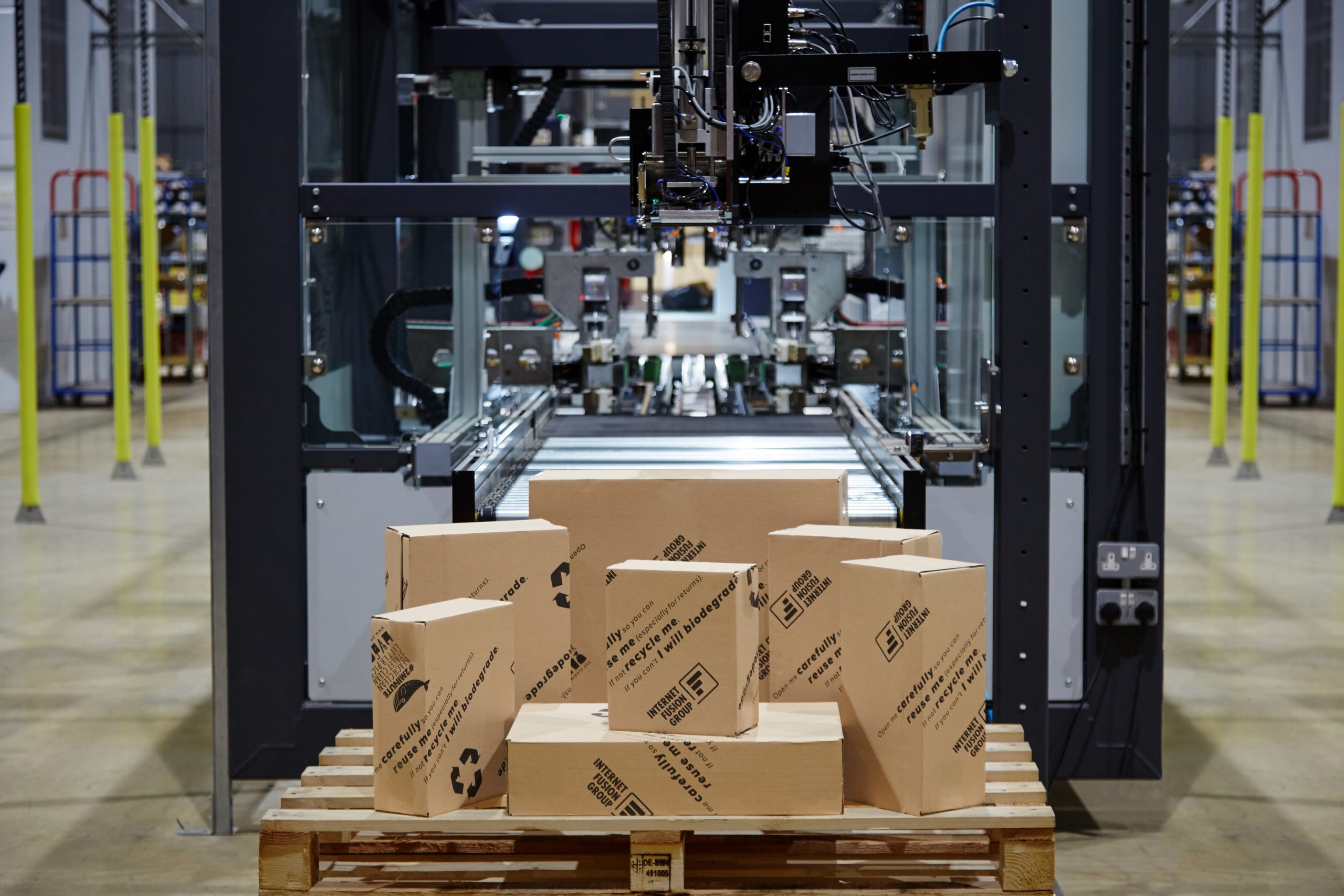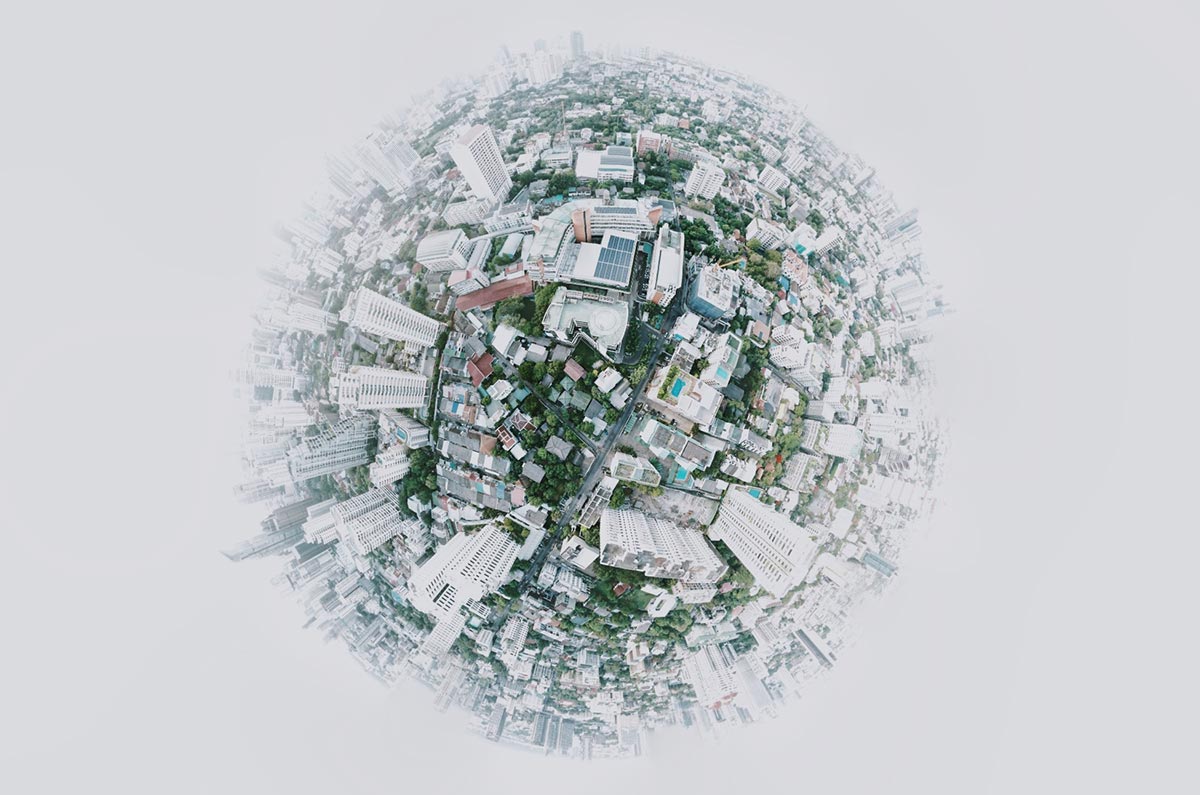It’s that time of year again. The time that we do everything in excess, from food, to spending.
But does that mean you have to have an unsustainable Christmas?
As we all know, Christmas can be a time for spending time with loved ones and exchanging gifts, but with it is estimated that around 1 in 4 households will be generating up to 5 bags of rubbish this Christmas!
Much of children’s toys are packaged in plastic or oversized packaging which is bulky and often unnecessary for the size of the present inside. On top of that, there is wrapping paper which, often, you are unable to recycle, which then doubles the amount of waste.
Let’s not forget about the Christmas dinner. Single use plastics have come to the forefront of the sustainable packaging discussion, many of which occur as a result of food packaging.
How can you make your Christmas more sustainable?
It is everybody’s responsibility, to make small changes this Christmas in an effort to reduce the amount of waste created within the household. So, we have put together a few pointers that may help you make some more sustainable choices.
Recyclable wrapping paper
If you’re unsure about what wrapping paper can be recycled and what can’t, it’s important to check with your local recycling centre. Recycle Now have some great pointers on what you can do to ensure that your paper does actually get recycled if accepted at your local centre, including:
- Making sure all sticky tape, bows and ribbons are removed before recycling
- Only recycling simple wrapping paper that doesn’t have any glitter or foil as these cannot be recycled.
Present sacks
Another way to reduce the waste this Christmas is to purchase some present sacks & stockings. These can be brought back out every Christmas and eliminate the need to wrap your gifts or find recyclable wrapping paper.
Food & drinks using sustainable packaging
Many supermarkets are introducing refillable packaging services within their stores and this is likely to continue. Why not check out your local supermarket to see if there are any ingredients in your Christmas dinner that could be switched out for a more sustainably packaged option?
Ribble Right Size
At Ribble our aim is to introduce Right Size packaging to more and more manufacturers so that we can help reduce the overall waste when it comes to cardboard packaging.
Get in touch today to find out more about the benefits of Right Size.












